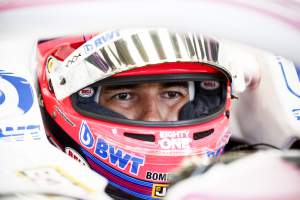Up Next

The Sauber Formula 1 team has existed in many guises since it first joined the grand prix grid with the sleek, jet-black and very quick C12 in 1993.
First it was a hardy perennial midfield independent, then falling under the majority ownership of BMW before struggling to rebuild after the German manufacturer pulled out. Currently, it runs as Alfa Romeo although the company behind the F1 team retains the Sauber name.
In its time, Sauber has entered 503 grands prix and had a total of 30 race drivers. Here’s our ranking of them, based primarily on their performances for Sauber, their all-round contribution to the team and the key results they produced.
30 NORBERTO FONTANA
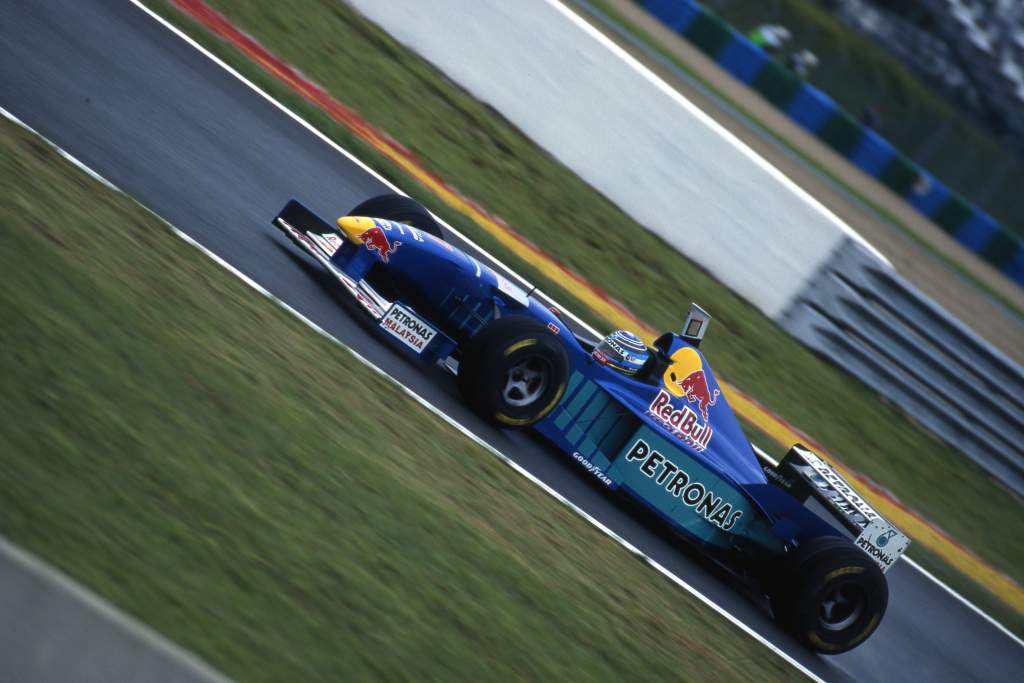 The 1995 German Formula 3 champion had a three-race stint filling in for Gianni Morbidelli, who broke his arm in a testing crash, in the middle of 1997, but didn’t make a big impression with a couple of ninth-place finishes.
The 1995 German Formula 3 champion had a three-race stint filling in for Gianni Morbidelli, who broke his arm in a testing crash, in the middle of 1997, but didn’t make a big impression with a couple of ninth-place finishes.
He had one more outing in the Jerez season finale in Morbidelli’s car, this time as a result of the Italian injuring his wrist at Suzuka, but never raced in F1 again, having had little time to show his ability.
29 NICOLA LARINI
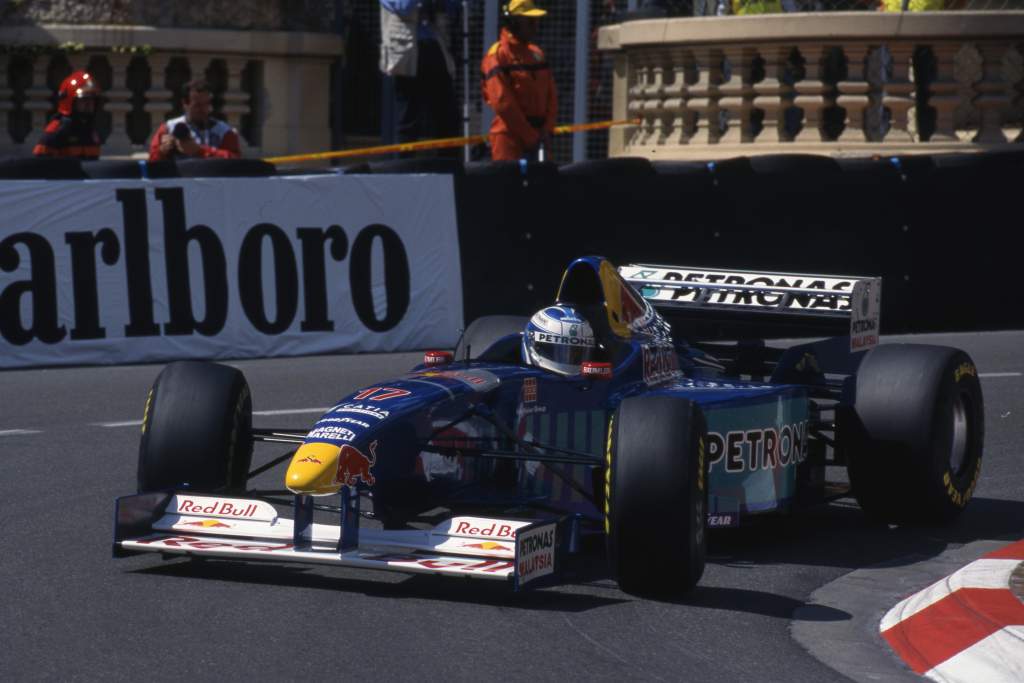 Larini was placed with Sauber by Ferrari for 1997, but never felt welcomed by the team.
Larini was placed with Sauber by Ferrari for 1997, but never felt welcomed by the team.
Despite finishing sixth on his Sauber debut in Australia – almost three years after his previous F1 start when he finished second for Ferrari in the ill-fated 1994 San Marino Grand Prix – his time there was short-lived.
He fell out with Sauber in a dispute over working practices just five races into the season, never to return to F1.
28 GIANNI MORBIDELLI
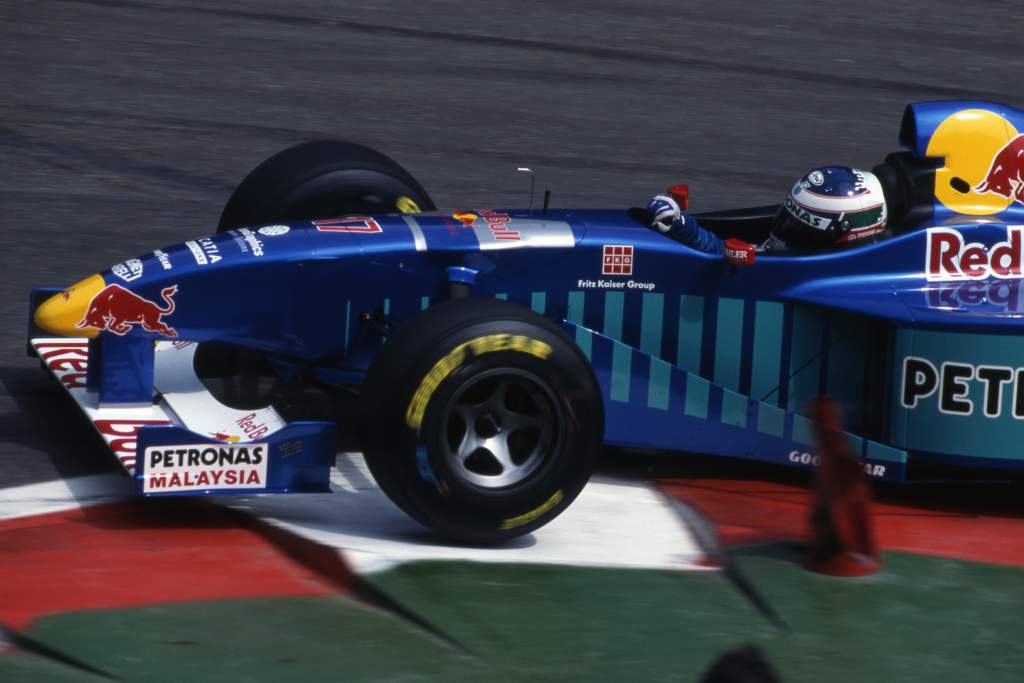 Ferrari connections helped Morbidelli to take the seat vacated by Larini after the first five races of 1997. But it was a difficult spell, with him missing three races after breaking his arm in a testing crash at Magny-Cours, then sitting out the last two after suffering a wrist injury at Suzuka.
Ferrari connections helped Morbidelli to take the seat vacated by Larini after the first five races of 1997. But it was a difficult spell, with him missing three races after breaking his arm in a testing crash at Magny-Cours, then sitting out the last two after suffering a wrist injury at Suzuka.
Unsurprisingly, the disrupted season of just seven starts gave Morbidlelli little opportunity to make an impression or show how good he was, and brought his F1 career to a close.
27 ANDREA DE CESARIS
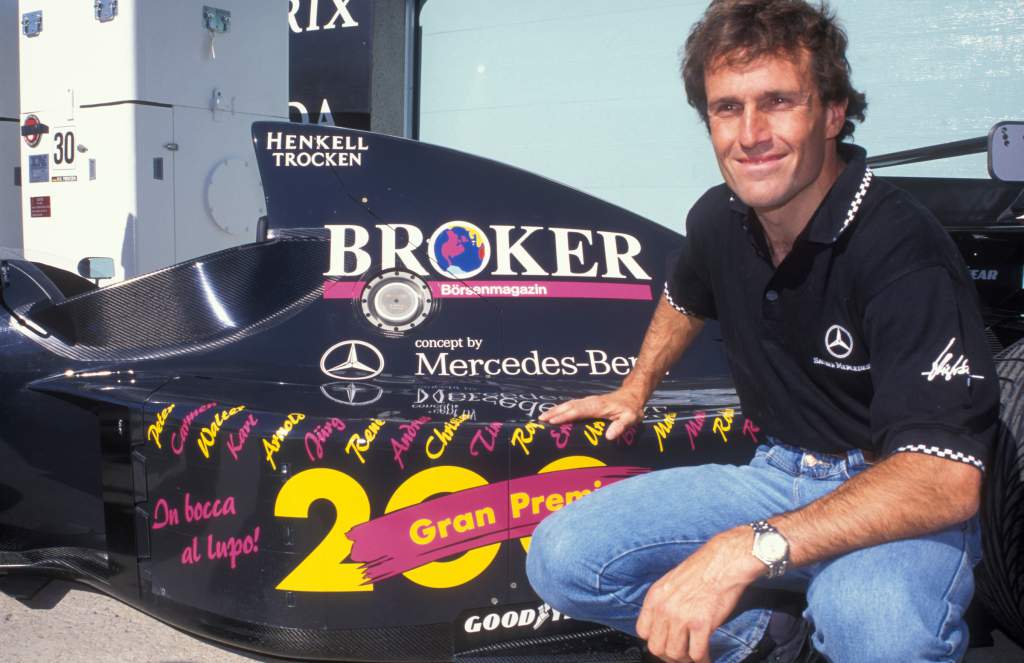 After standing in for the banned Eddie Irvine at Jordan for two races in 1994, de Cesaris was the obvious choice to take the injured Karl Wendlinger’s seat at Sauber.
After standing in for the banned Eddie Irvine at Jordan for two races in 1994, de Cesaris was the obvious choice to take the injured Karl Wendlinger’s seat at Sauber.
During his nine-race stint, he brought up his 200th F1 start and finished sixth at the French Grand Prix before handing the car back to the returning Wendlinger. Or so he thought, as testing showed Wendlinger wasn’t fit enough.
Unfortunately, de Cesaris couldn’t be raised in time to drive at Suzuka and JJ Lehto was drafted in instead.
26 JEAN-CHRISTOPHE BOULLION
#TBT to 1994 : Jean-Christophe BOULLION won the DAMS third title in F3000 Championship, thanks to a decisive end-of-season treble ! 🏆💪🏼 pic.twitter.com/T7VNRnoYdK
— DAMS (@damsracing) February 2, 2017
The reigning F3000 champion and Williams test driver took over Wendlinger’s seat five races into 1995 when the Austrian dropped out thanks to not feeling fully recovered from the head injuries suffered the previous year.
Bouillon had a couple of points finishes, the best being fifth at Hockenheim, but his 11-race stint before handing the car back to Wendlinger proved to be the sum total of his F1 career.
25 PEDRO DINIZ
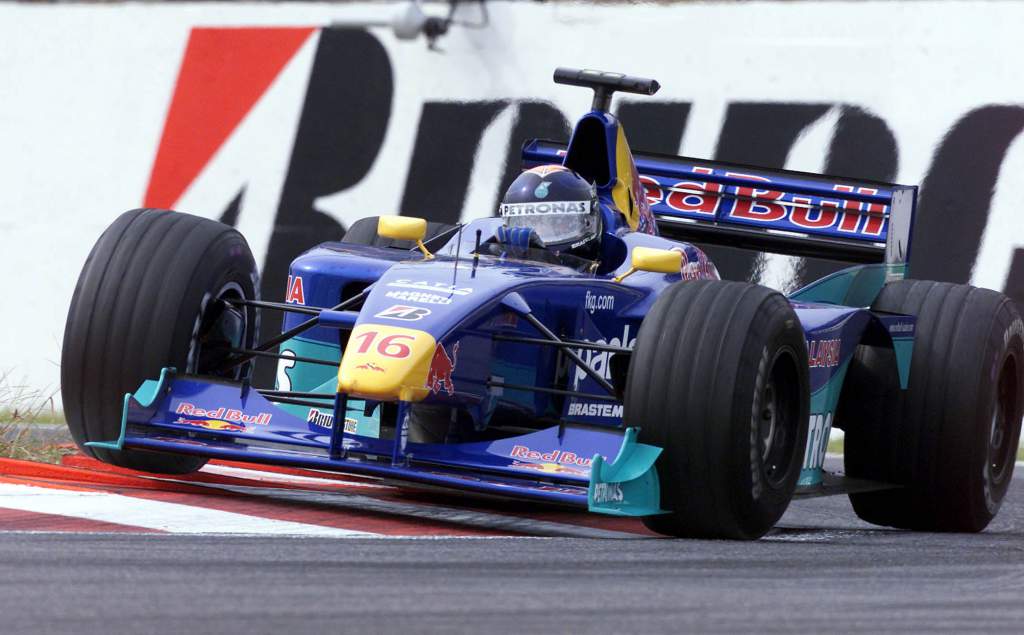 The Brazilian’s contribution was more valuable financially than in what he did behind the wheel for two seasons in 1999-2000. A run of three sixth places in four races in his first season was the high point for what’s best described as an enthusiastic stint.
The Brazilian’s contribution was more valuable financially than in what he did behind the wheel for two seasons in 1999-2000. A run of three sixth places in four races in his first season was the high point for what’s best described as an enthusiastic stint.
Despite an improved finishing record in 2000, he didn’t score a point in his final F1 season.
24 SEBASTIAN VETTEL
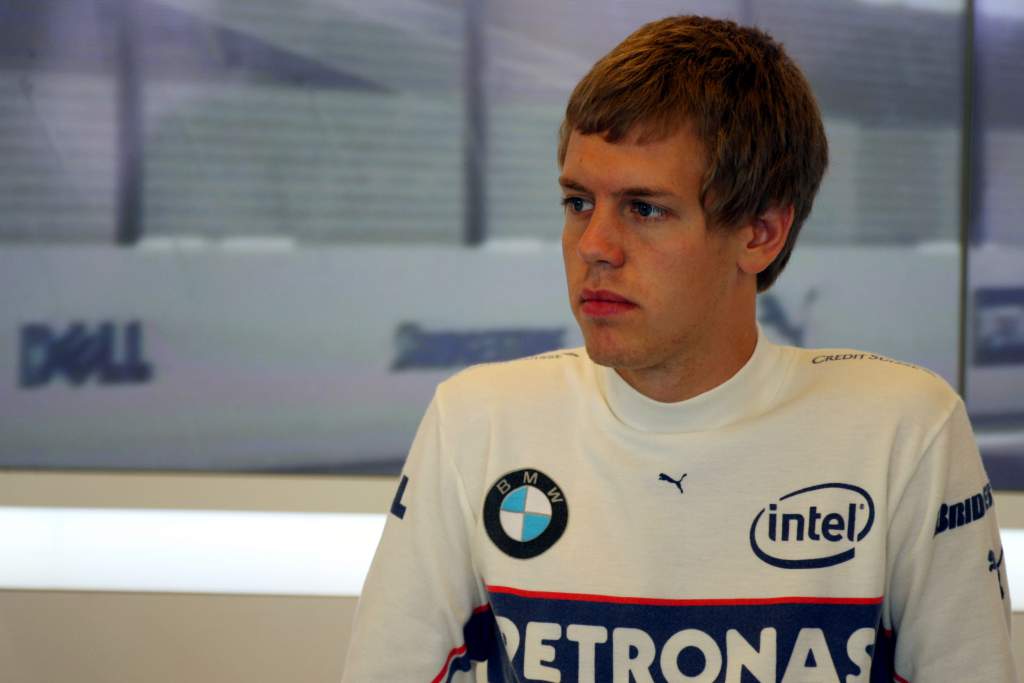 Vettel made just one appearance for the team at the 2007 United States Grand Prix, finishing eighth and taking a debut point. But despite his quality and future success, this forms only a footnote in Sauber’s history.
Vettel made just one appearance for the team at the 2007 United States Grand Prix, finishing eighth and taking a debut point. But despite his quality and future success, this forms only a footnote in Sauber’s history.
Vettel was subsequently released to race for Toro Rosso, with Red Bull eventually prevailing in a contract dispute with BMW over his long-term future.
23 PEDRO DE LA ROSA
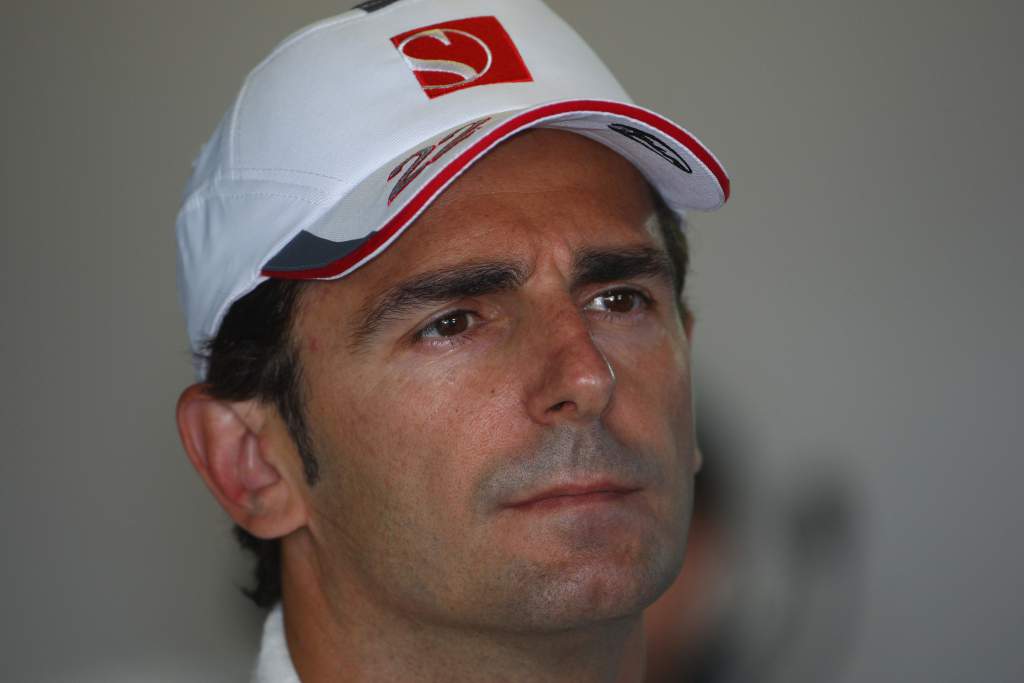
De la Rosa joined Sauber in 2010 for what was intended to be his first full-time F1 season in eight years, picking up his only points for seventh at the Hungaroring. He was then unexpectedly replaced by Nick Heidfeld, who was without a drive after BMW’s withdrawal, with five races remaining.
But after returning to a test role with McLaren, he was called up to stand in for Sergio Perez, who was suffering the after-effects of his Monaco Grand Prix qualifying crash, after the first free practice at the 2011 Canadian Grand Prix.
22 ADRIAN SUTIL
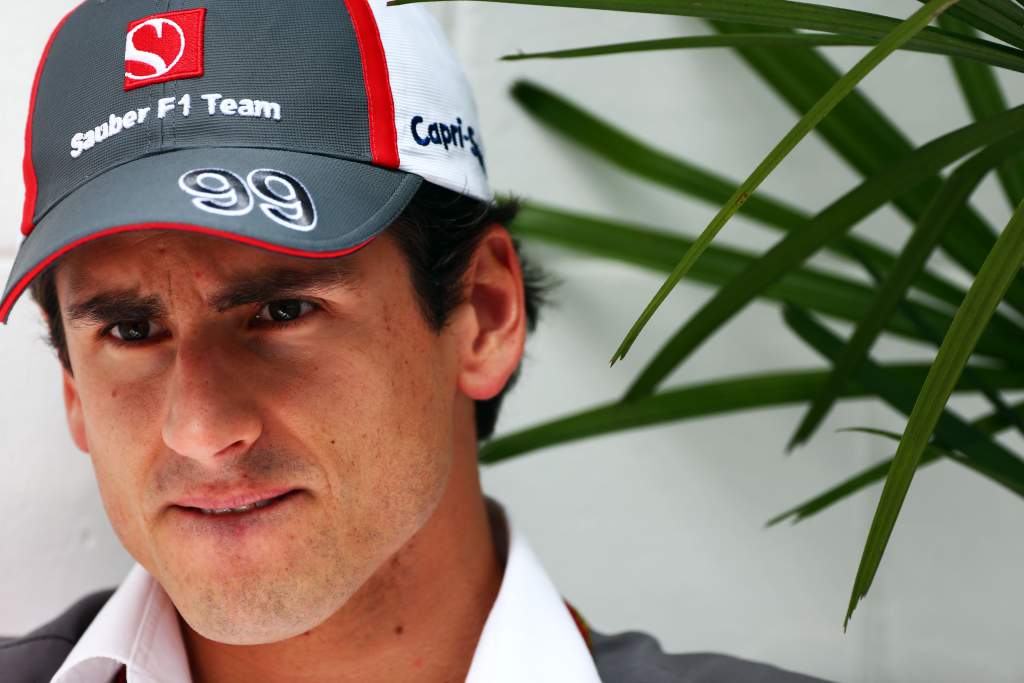 The uncompetitive Sauber C33 of 2014 didn’t allow Sutil to show his mettle as a consistent midfield points-scorer. Even so, he did a decent job despite having nothing better than an 11th place to show for it.
The uncompetitive Sauber C33 of 2014 didn’t allow Sutil to show his mettle as a consistent midfield points-scorer. Even so, he did a decent job despite having nothing better than an 11th place to show for it.
His time with the team ended in acrimony as he believed he had a contract for 2015, which the courts later agreed with, and despite a stint as Williams reserve he never raced in F1 again.
21 ESTEBAN GUTIERREZ
 Gutierrez had a tough rookie season alongside Nico Hulkenberg in 2013 but did show a good rate of improvement, culminating in a strong drive to seventh in the Japanese Grand Prix.
Gutierrez had a tough rookie season alongside Nico Hulkenberg in 2013 but did show a good rate of improvement, culminating in a strong drive to seventh in the Japanese Grand Prix.
But with Sauber’s slump in competitiveness in 2014, he didn’t score again and threw away the team’s best chance of the season by clipping the inside wall at Rascasse during the Monaco Grand Prix.
Beyond that, he can’t be blamed for Sauber’s struggles that year, but he was a frustratingly inconsistent performer given his peaks were very promising.
20 JACQUES VILLENEUVE
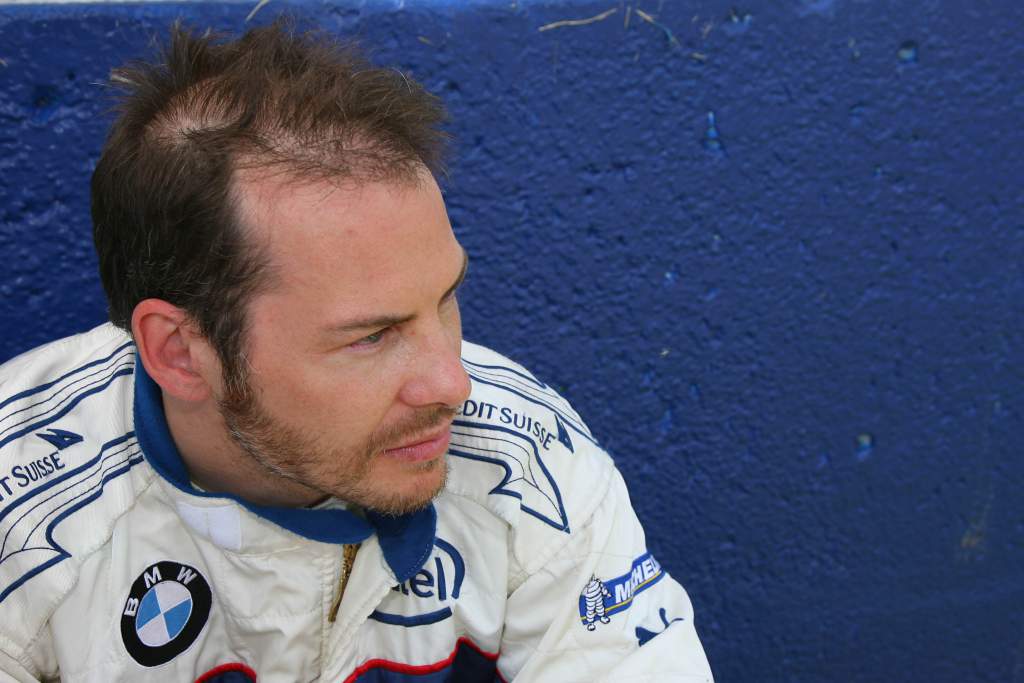 After spending most of the previous season on the sidelines, aside from an unsuccessful three-race stint with Renault, Villenueve joined Sauber for 2005.
After spending most of the previous season on the sidelines, aside from an unsuccessful three-race stint with Renault, Villenueve joined Sauber for 2005.
Following a tricky start as he dialled himself back in and initially struggled to gel with the team in terms of set-up approach, his form picked up. But team-mate Felipe Massa was the stronger performer overall.
Villeneuve stayed on for 2006, but after being rested on the pretence of the effects of an accident at Hockenheim, with Robert Kubica taking over, he saw the writing on the wall and the two sides agreed to a contract termination.
In total, he racked up seven points finishes in 30 starts for Sauber.
19 ANTONIO GIOVINAZZI
 Did a fine job when he stood in for the injured Pascal Wehrlein for his grand prix debut in Australia 2017 despite not running during Friday practice, although blotted his copybook with crash on his next outing in Shanghai.
Did a fine job when he stood in for the injured Pascal Wehrlein for his grand prix debut in Australia 2017 despite not running during Friday practice, although blotted his copybook with crash on his next outing in Shanghai.
Those two races might have been it for Giovinazzi at Sauber, and in F1, but Ferrari placed him there in 2019. The Italian had an erratic season but scored on four occasions, taking fifth at Interlagos, staying on for the following season and picking up points at the Nurburgring and Imola.
While he remains inconsistent and was perhaps fortunate enough to retain his drive, if he can join the dots of his peak performances in 2021, he could yet climb this list.
18 MIKA SALO
 Salo’s sole season with Sauber in 2000, which followed his outings for Ferrari the previous year, begun badly after he was excluded from sixth place in Australia for an illegal front wing and then didn’t start in Brazil thanks to safety concerns triggered by rear wing failures.
Salo’s sole season with Sauber in 2000, which followed his outings for Ferrari the previous year, begun badly after he was excluded from sixth place in Australia for an illegal front wing and then didn’t start in Brazil thanks to safety concerns triggered by rear wing failures.
The Finn picked up four points finishes with a couple of fifth places the highlight despite the C19 not being one of the better Sauber packages. The team was disappointed that he triggered a release clause to join the Toyota F1 programme for its testing year in 2001.
17 MARCUS ERICSSON
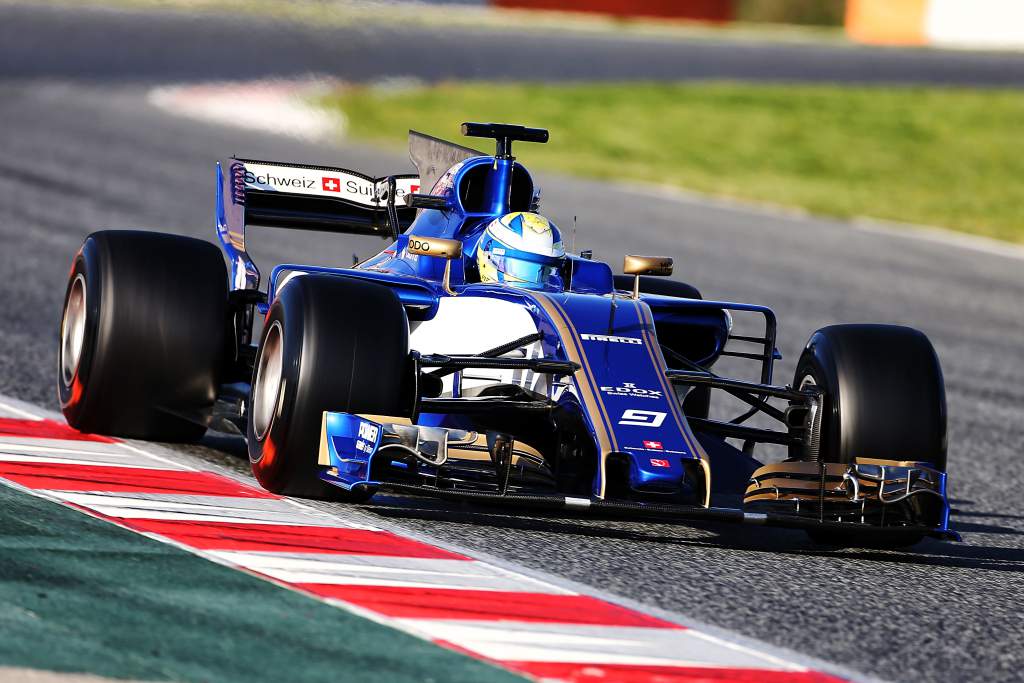 Ericsson’s four seasons with Sauber came in a difficult period and he failed to score a point in either 2016 or ’17, but either side of that his first and last seasons there produced a combined total of 11 points finishes.
Ericsson’s four seasons with Sauber came in a difficult period and he failed to score a point in either 2016 or ’17, but either side of that his first and last seasons there produced a combined total of 11 points finishes.
Capable of being very quick on his day, but often erratic, he was outgunned by superstar rookie Charles Leclerc in 2018 and headed off to IndyCar after racking up 81 starts for Sauber.
But he was also a vital source of funds for the team and played a role in the team being taken over.
16 PASCAL WEHRLEIN
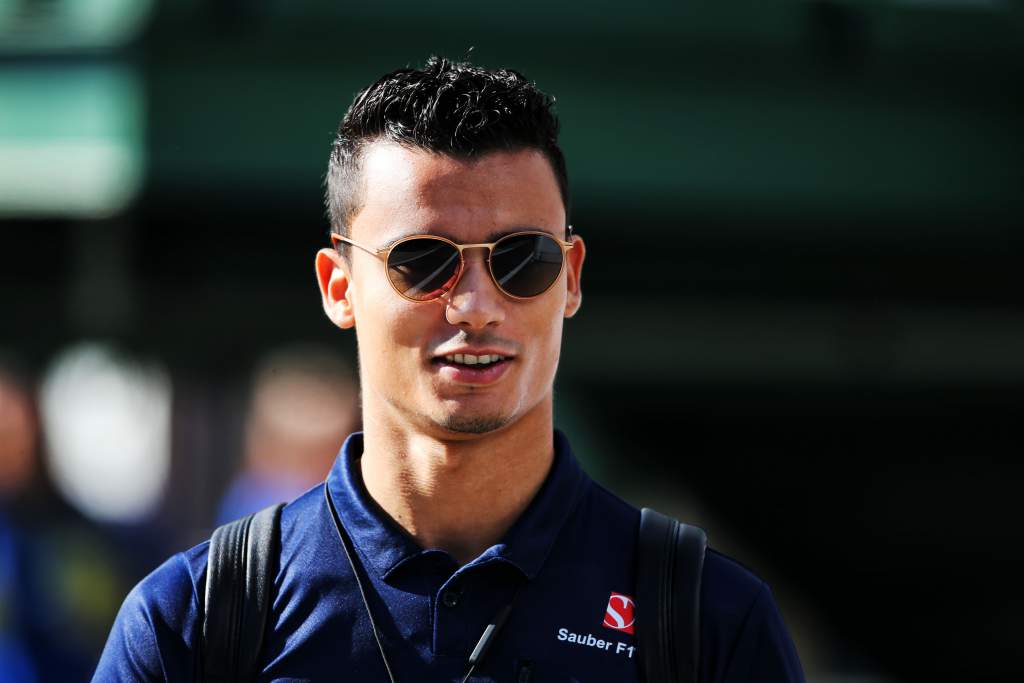 Wehrlein pulled out of his first weekend for Sauber in Australia in 2017 as a result of his neck not being strong enough thanks to injuries suffered in a Race of Champions shunt. He also missed the Chinese Grand Prix that followed but made a decent start to his Sauber career with a couple of points finishes in the first half of the season, with eighth at Baku a high point.
Wehrlein pulled out of his first weekend for Sauber in Australia in 2017 as a result of his neck not being strong enough thanks to injuries suffered in a Race of Champions shunt. He also missed the Chinese Grand Prix that followed but made a decent start to his Sauber career with a couple of points finishes in the first half of the season, with eighth at Baku a high point.
While there were a few errors along the way, he was the stronger Sauber driver that season and outperformed team-mate Ericsson, but was dropped to make way for Leclerc in 2018.
15 KARL WENDLINGER
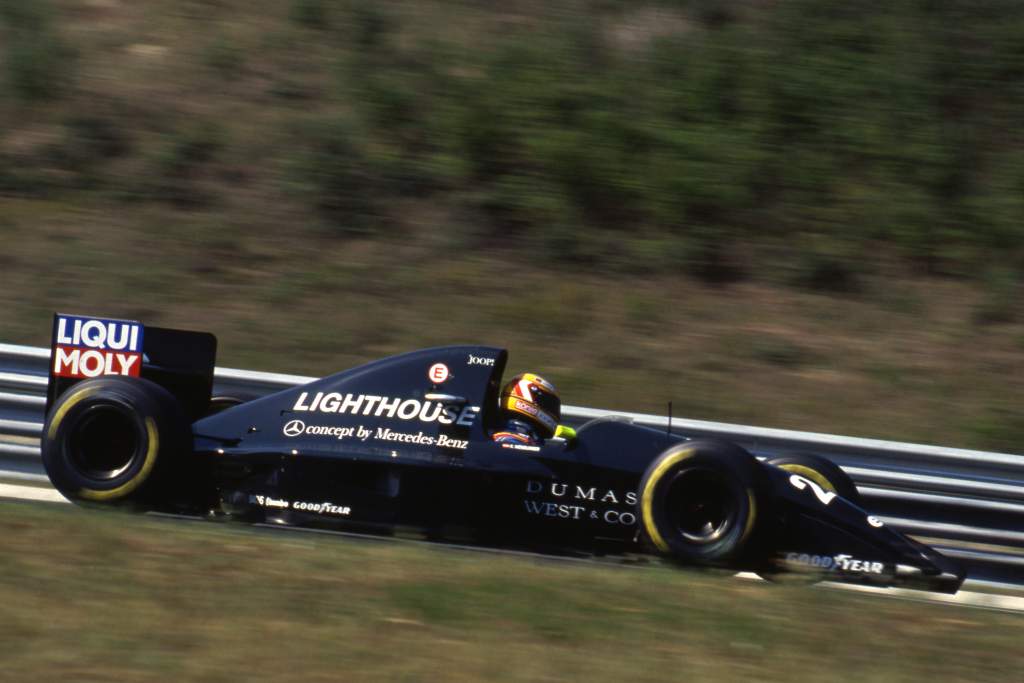 Having been part of Sauber’s sportscar team, Wendlinger was a logical choice to drive for the team in its first season and did a superb job. He scored points four times in Sauber’s first F1 season, and could have finished third in its fourth race at Imola but for an engine failure. He was also cost points by tangles with Michael Andretti.
Having been part of Sauber’s sportscar team, Wendlinger was a logical choice to drive for the team in its first season and did a superb job. He scored points four times in Sauber’s first F1 season, and could have finished third in its fourth race at Imola but for an engine failure. He was also cost points by tangles with Michael Andretti.
His Sauber career was brought to a juddering halt when he crashed at the chicane at Monaco and fell into a coma. But while he returned for the following season, he wasn’t the same driver and stepped aside after four races.
He returned for two more late-season outings as an evaluation for staying on in 1996, but they proved to be the final races of his F1 career.
But for that Monaco crash, Wendlinger would surely have achieved far more with Sauber and been higher in this ranking.
14 JEAN ALESI
 Alesi spent two years with Sauber as his F1 career headed unto decline after his Benetton stint, but there were moments of magic during his time there.
Alesi spent two years with Sauber as his F1 career headed unto decline after his Benetton stint, but there were moments of magic during his time there.
He finished third in the 1999 Belgian Grand Prix and the following year capitalised on the weather conditions to qualify second at Magny-Cours – only to spin out of third in the race.
With reliability problems impacting that second season, Alesi only picked up a couple of points and decided to link up with old team-mate Alain Prost’s team for 2000.
13 JOHNNY HERBERT
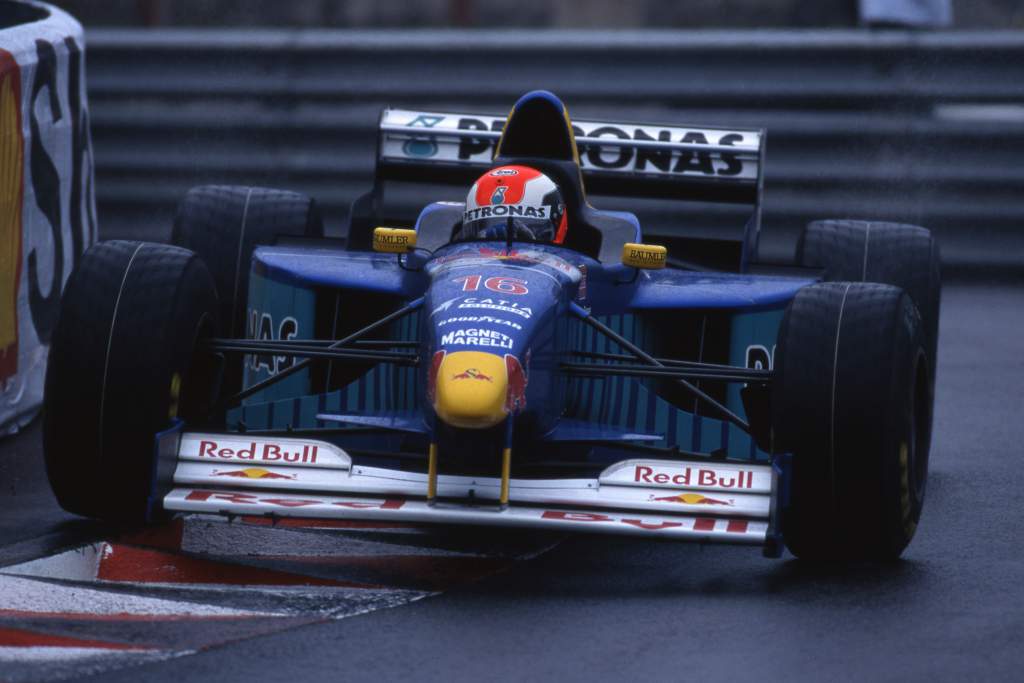 Herbert spent three years at Sauber from 1996-1998 and proved to be a dependable performer, as well as becoming one of only five drivers to claim multiple podium finishes for the team.
Herbert spent three years at Sauber from 1996-1998 and proved to be a dependable performer, as well as becoming one of only five drivers to claim multiple podium finishes for the team.
His high points were third in the attritional Monaco Grand Prix in 1996 then at the Hungaroring the following year. But he was a consistent points-scorer for the team, albeit not as consistent as his performance level should have allowed given he suffered more than his fair share of retirements.
His best season was 1997, where he finished 10th, and he stacked up well against his team-mates including Heinz-Harald Frentzen and Alesi, but he moved on to Stewart for ’99.
12 KAMUI KOBAYASHI
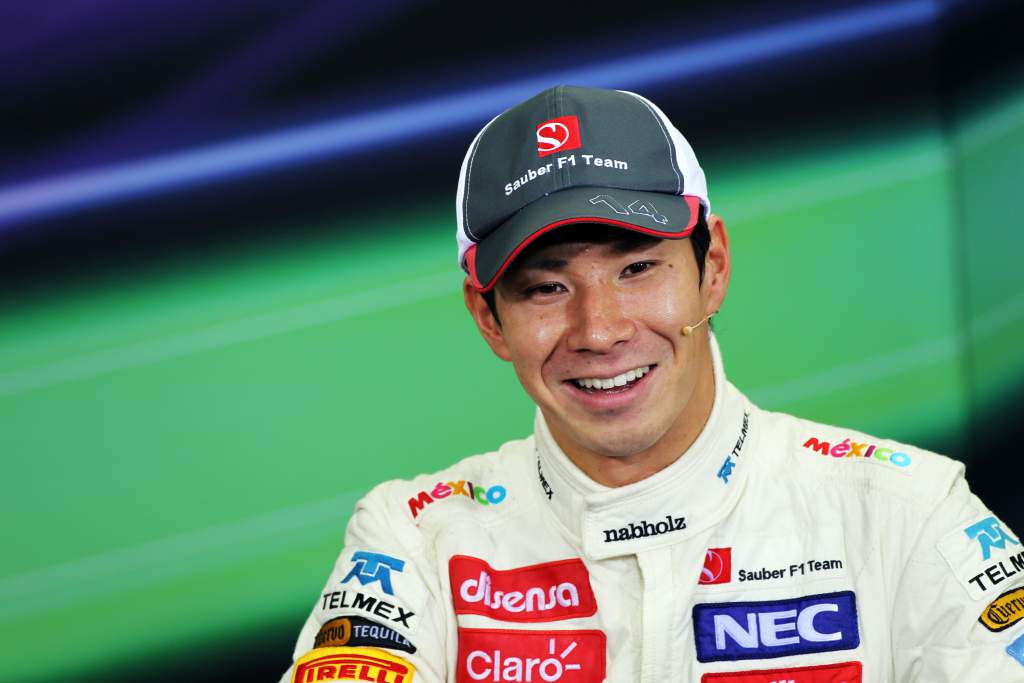 Signed by Sauber off the back of two strong performances for Toyota at the end of 2009, Kobayashi spent three seasons with Sauber that peaked with a popular third place in the 2012 Japanese Grand Prix.
Signed by Sauber off the back of two strong performances for Toyota at the end of 2009, Kobayashi spent three seasons with Sauber that peaked with a popular third place in the 2012 Japanese Grand Prix.
While not always the strongest qualifier, Kobayashi was an impressively consistent and incisive performer on race day and racked up 26 points finishes for Sauber.
11 FELIPE NASR
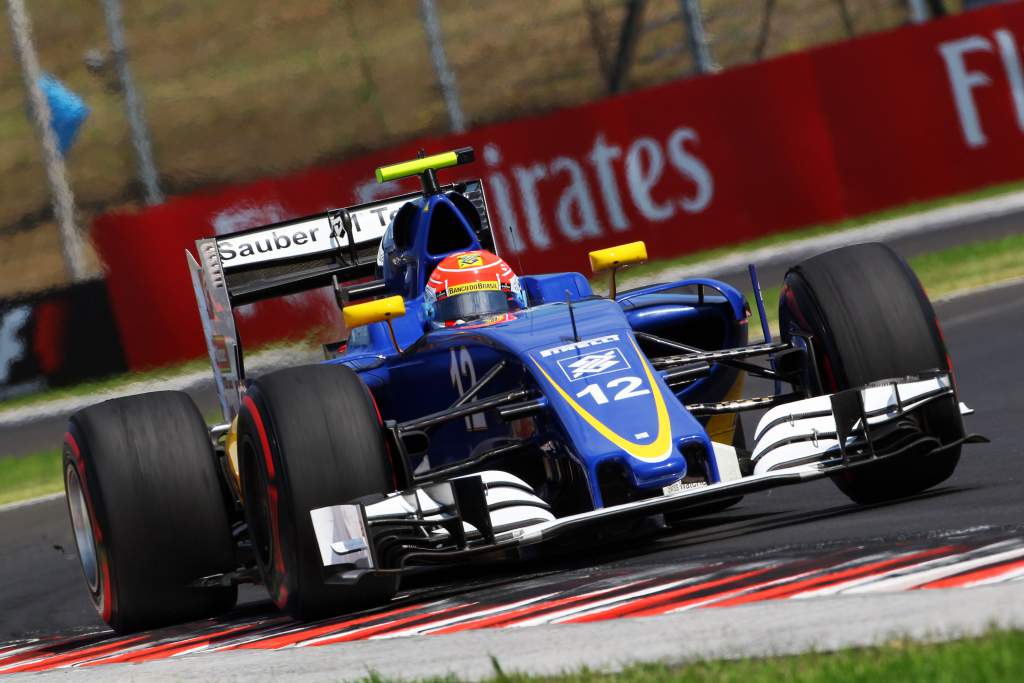 The Brazilian has a place in Sauber folklore for two reasons. The first one is his fifth place on debut in the 2015 Australian Grand Prix, which marked a strong start to his F1 career and was the first of six points finishes that season.
The Brazilian has a place in Sauber folklore for two reasons. The first one is his fifth place on debut in the 2015 Australian Grand Prix, which marked a strong start to his F1 career and was the first of six points finishes that season.
But his ninth place in the wet in the rain-hit 2016 Brazilian Grand Prix, which was his only points finish of the season, proved critical to Sauber’s future by ensure it qualified for Column B prize money that season – in the process dooming the Manor team. That drive remains a high point in Sauber’s history.
But the loss of sponsorship meant he couldn’t stay with the team, ending a promising F1 career.
10 JJ LEHTO
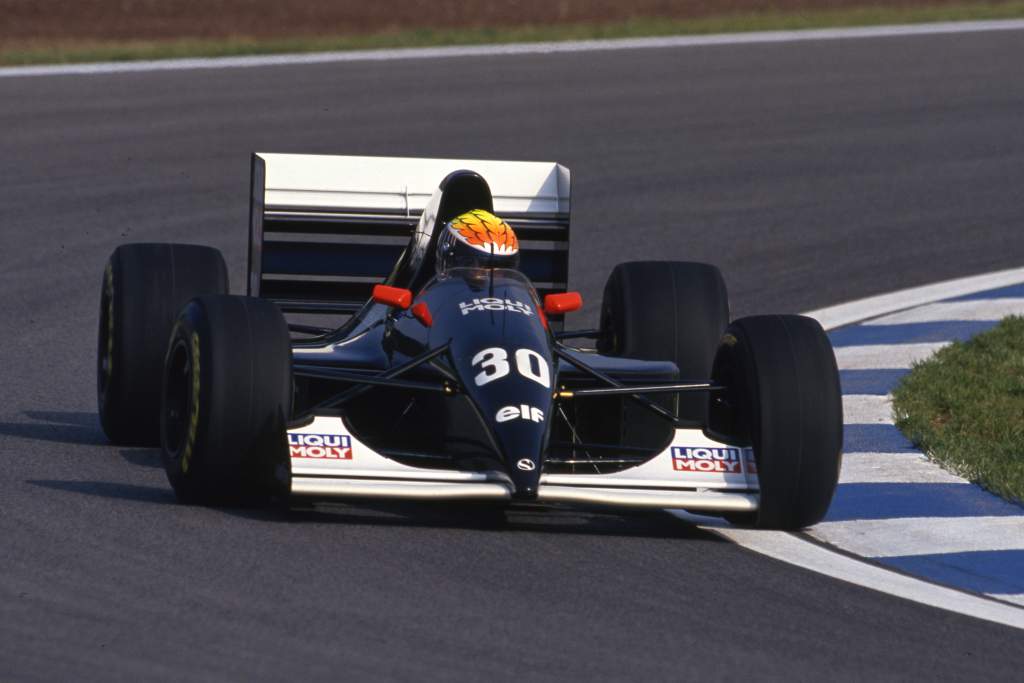 Lehto ensured Sauber made a big impact on its arrival in F1, qualifying sixth for its debut at Kyalami and running a remarkable fourth at the end of its first racing lap. He finished fifth in the race to register Sauber’s debut points finish, adding a fourth place at Imola three races later.
Lehto ensured Sauber made a big impact on its arrival in F1, qualifying sixth for its debut at Kyalami and running a remarkable fourth at the end of its first racing lap. He finished fifth in the race to register Sauber’s debut points finish, adding a fourth place at Imola three races later.
But the season didn’t continue in that vein. Lehto’s attempt to pass Wendlinger through the harpin at Monaco resulted in contact at the exit of the corner, which he was blamed for, and he struggled in the middle phases of the season as Sauber opted for a softer set-up philosophy. He showed renewed pace later in the year even though unreliability and misfortune prevented further points finishes.
Lehto left for his big break with Benetton in 1994, but when that turned sour he was recalled by Sauber or the final two races of that season after Wendlinger proved not fit enough to return and de Cesaris couldn’t be contacted to reprise his stand-in role.
But it’s his performances in those early races as Sauber established itself as a credible F1 team that earn him an important place in the outfit’s history.
9 GIANCARLO FISICHELLA
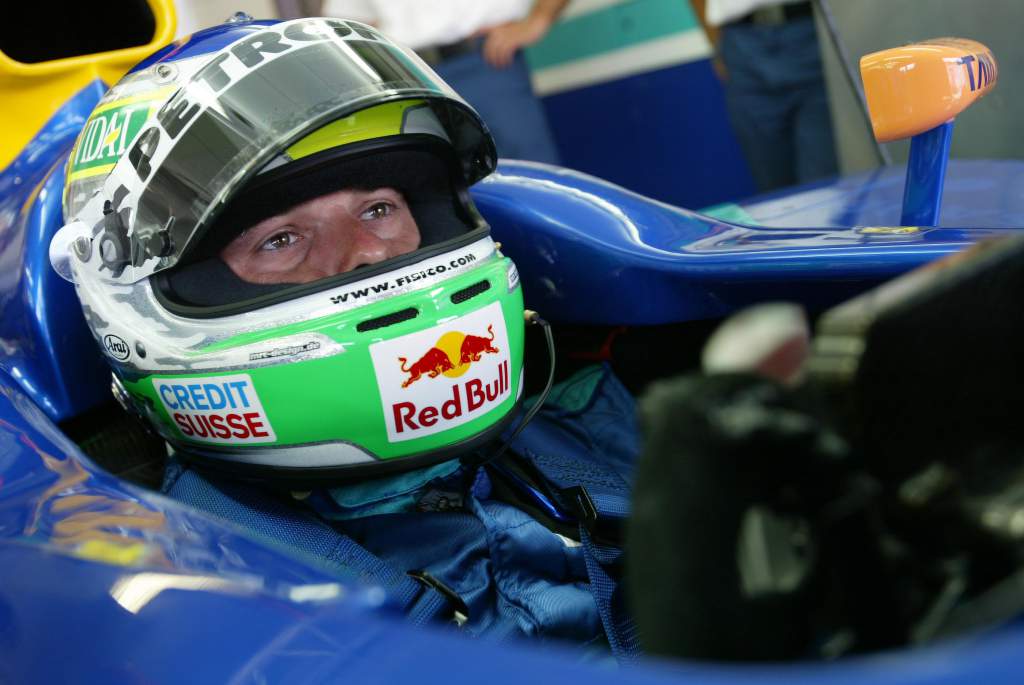 Fisichella spent one season with Sauber in 2004 before moving to Renault, but turned in his usual stellar midfield performances as he got the better of Massa.
Fisichella spent one season with Sauber in 2004 before moving to Renault, but turned in his usual stellar midfield performances as he got the better of Massa.
He picked up nine points finishes, peaking with a fourth place in the Canadian Grand Prix in a season of overachievement, and was a big loss to the team.
8 NICO HULKENBERG
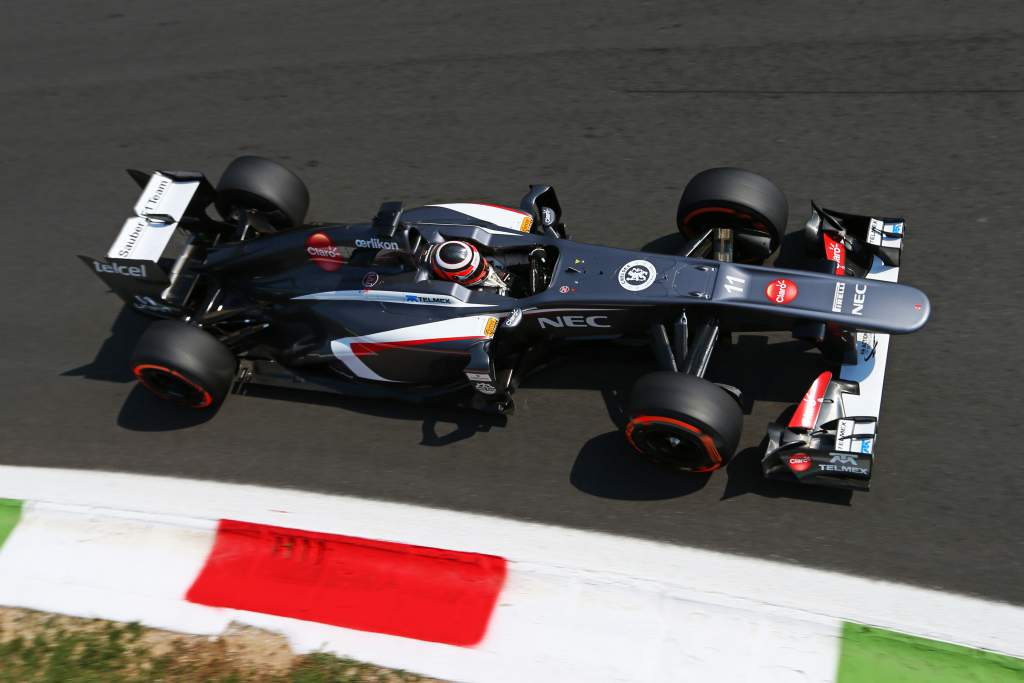 Sauber struggled in the first half of Hulkenberg’s campaign there in 2013, but came on strong as the season progressed. Hulkenberg turned in a string of stellar drives, notably holding off both Lewis Hamilton and Fernando Alonso in the Korean Grand Prix on his way to fourth place. Alonso himself described that performance as “superb”.
Sauber struggled in the first half of Hulkenberg’s campaign there in 2013, but came on strong as the season progressed. Hulkenberg turned in a string of stellar drives, notably holding off both Lewis Hamilton and Fernando Alonso in the Korean Grand Prix on his way to fourth place. Alonso himself described that performance as “superb”.
He returned to Force India for 2014, which proved to be a wise move given Sauber’s struggles that season, but with nine points finishes in his sole season for the Swiss squad he had made a big impact.
7 FELIPE MASSA
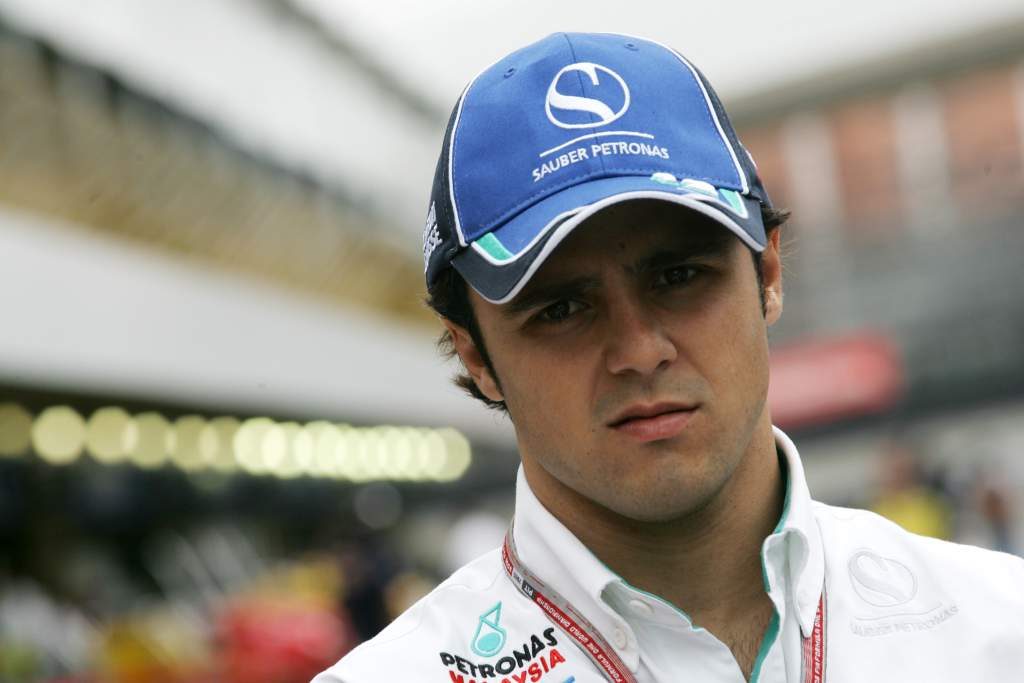 After Kimi Raikkonen’s superb rookie season in 2001, expectations were high for reigning Euro Formula 3000 champion Massa. But he had a ragged season of peaks and troughs in 2002, with three points finishes and too many errors, and wasn’t kept on for the following year.
After Kimi Raikkonen’s superb rookie season in 2001, expectations were high for reigning Euro Formula 3000 champion Massa. But he had a ragged season of peaks and troughs in 2002, with three points finishes and too many errors, and wasn’t kept on for the following year.
After a year spent sharpening his skills as a Ferrari test driver, Massa returned in 2004, picking up five points finishes and a best of fourth in Belgium, ensuring he stayed on for a strong 2005 campaign before his promotion to a Ferrari race seat.
Over those three seasons with Sauber, he went from unrefined raw material to a driver good enough to be Michael Schumacher’s team-mate – laying the foundations for his near-title win in 2008.
6 CHARLES LECLERC
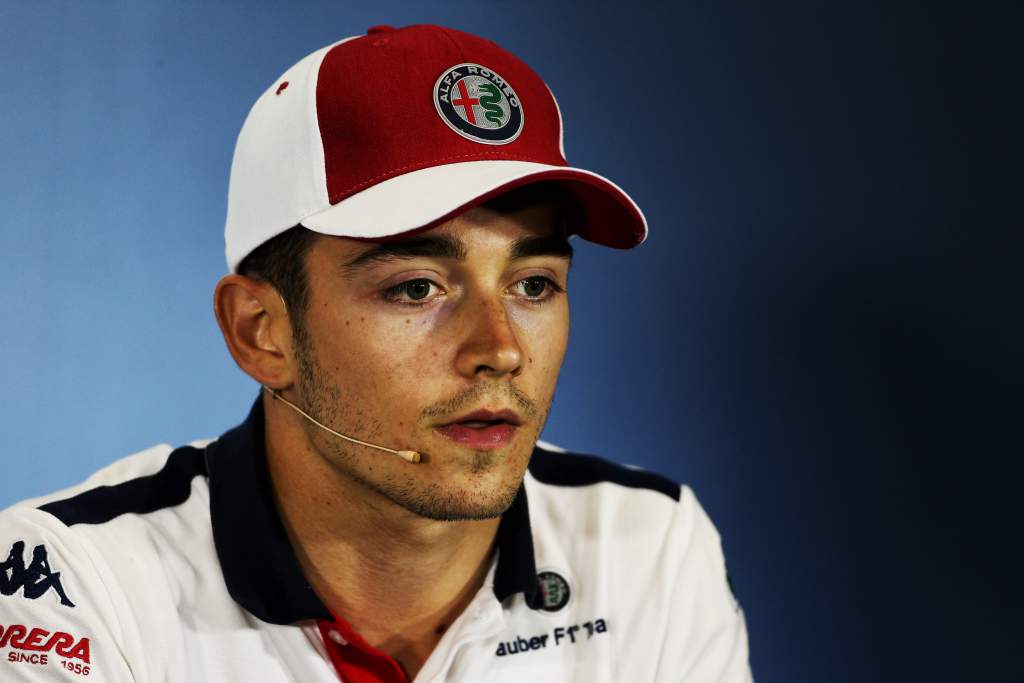 So good was Leclerc’s rookie season with Sauber in 2018 that it led to instant promotion to the Ferrari team. After a shaky start, during which he had to change his set-up approach and way of doing things, he hit form with sixth place in the Azerbaijan Grand Prix and never looked back.
So good was Leclerc’s rookie season with Sauber in 2018 that it led to instant promotion to the Ferrari team. After a shaky start, during which he had to change his set-up approach and way of doing things, he hit form with sixth place in the Azerbaijan Grand Prix and never looked back.
That was the first of 10 points finishes as he excelled in the ultra-competitive midfield, regularly dragging the Sauber to higher positions than it merited thanks to extracting the maximum from the machinery while others underachieved.
5 KIMI RAIKKONEN
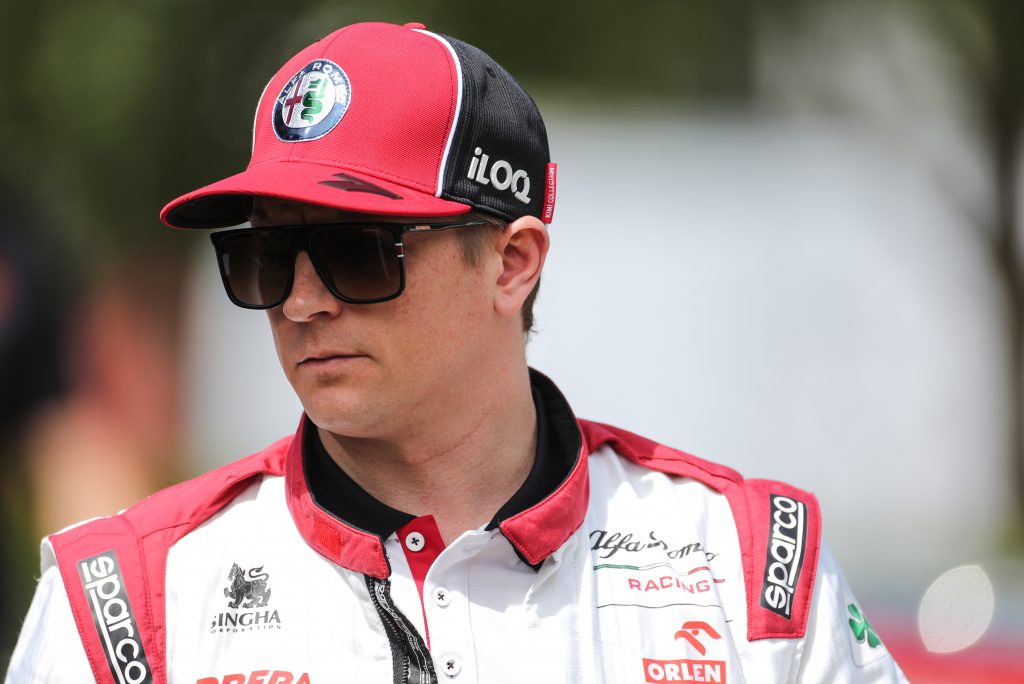 Raikkonen’s F1 career is bookended by stints with Sauber. He first broke into F1 fresh out of Formula Renault 2.0, a controversial decision but one that paid off in spades for Peter Sauber.
Raikkonen’s F1 career is bookended by stints with Sauber. He first broke into F1 fresh out of Formula Renault 2.0, a controversial decision but one that paid off in spades for Peter Sauber.
Not only did Raikkonen help Sauber to fourth in the constructors’ championship, but he was then sold on to McLaren in a deal that funded the team’s state-of-the-art windtunnel.
After the team failed in its attempt to bring him back during the 2010 season, Raikkonen eventually did return to Sauber, then in its Alfa Romeo guise, in 2019. He proved to be a consistent points scorer his first season back, then had the best results among the ‘Class C’ contingent of three teams in 2020.
4 SERGIO PEREZ
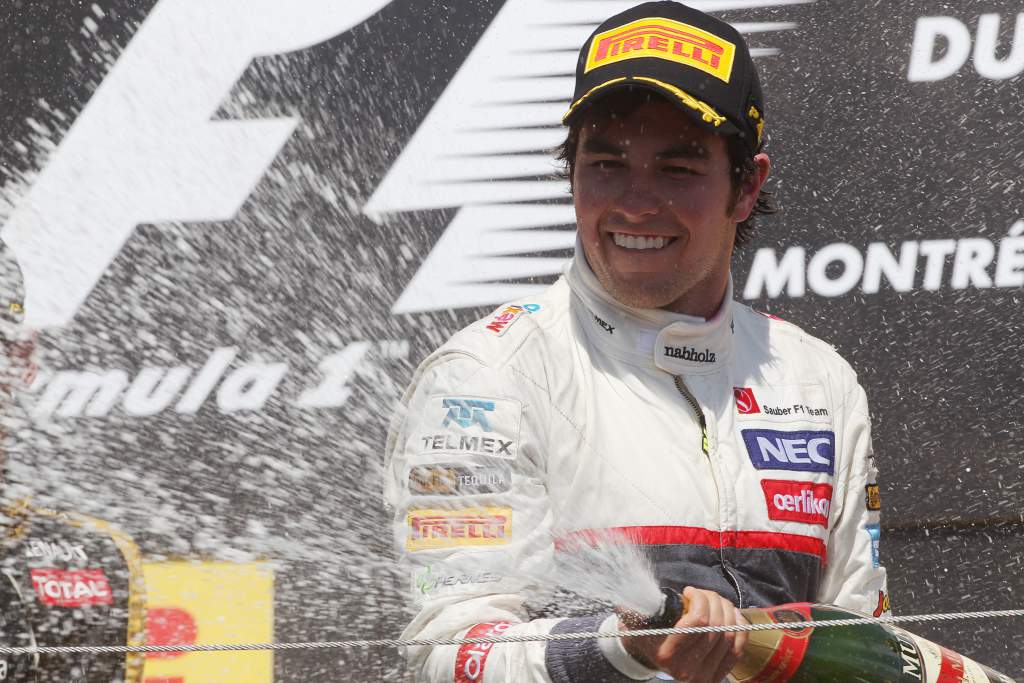 Perez instantly made a name for himself as a tyre manager extraordinaire in the first race of the Pirelli era in Melbourne. He finished seventh on the road and was the only driver who made it to the finish on one pitstop, only for both Saubers to be disqualified for an illegal rear-wing radius.
Perez instantly made a name for himself as a tyre manager extraordinaire in the first race of the Pirelli era in Melbourne. He finished seventh on the road and was the only driver who made it to the finish on one pitstop, only for both Saubers to be disqualified for an illegal rear-wing radius.
Aside from missing two races thanks to an 80g impact at the chicane during qualifying for the Monaco Grand Prix, he had a handy first season.
But his second campaign in 2012 was superb, with Perez finishing on the podium three times and coming close to winning the Malaysian Grand Prix before a brief off while chasing down Alonso’s Ferrari.
That form earned him a move to McLaren, which had the fastest car on average that season, which says all you need to know about the quality of his performances.
3 HEINZ-HARALD FRENTZEN
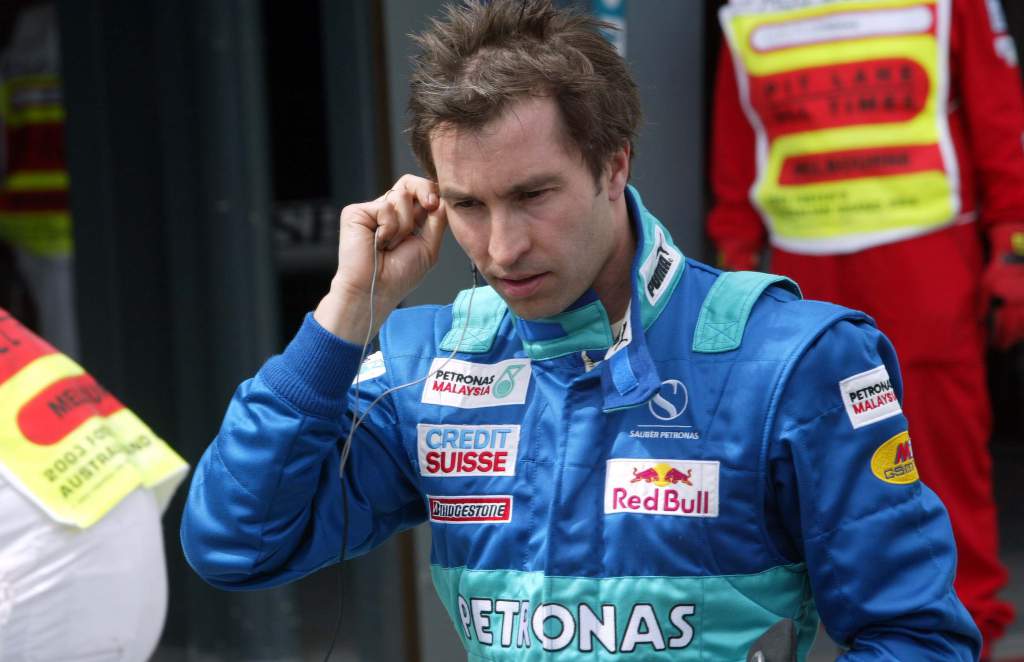 Frentzen had driven for Sauber in sportscars and was touted as a potential Schumacher-beater, making him the obvious choice to come into the team’s line-up in place of Lehto in 1994.
Frentzen had driven for Sauber in sportscars and was touted as a potential Schumacher-beater, making him the obvious choice to come into the team’s line-up in place of Lehto in 1994.
He made an instant impression, claiming firth place on his second start in the Pacific Grand Prix, and later qualified a startling third at Suzuka. The following season, he became the first Sauber driver to stand on the F1 podium with third at Monza and finished ninth in the world championship.
He saw out his three-year Sauber deal with another strong season in 1996, although results were again patchy with a pair of fourth places the highlight before he was off to Williams.
But there were to be two Sauber comebacks. The first was squeezing in – literally – for a one-off at Indianapolis in 2002 after Massa became the first driver to be given a grid penalty for the subsequent race, leading to him being benched. At that point, Frentzen was already signed up to return for the full campaign the following season, and he would finish third at Indianapolis before bowing out of F1.
2 NICK HEIDFELD
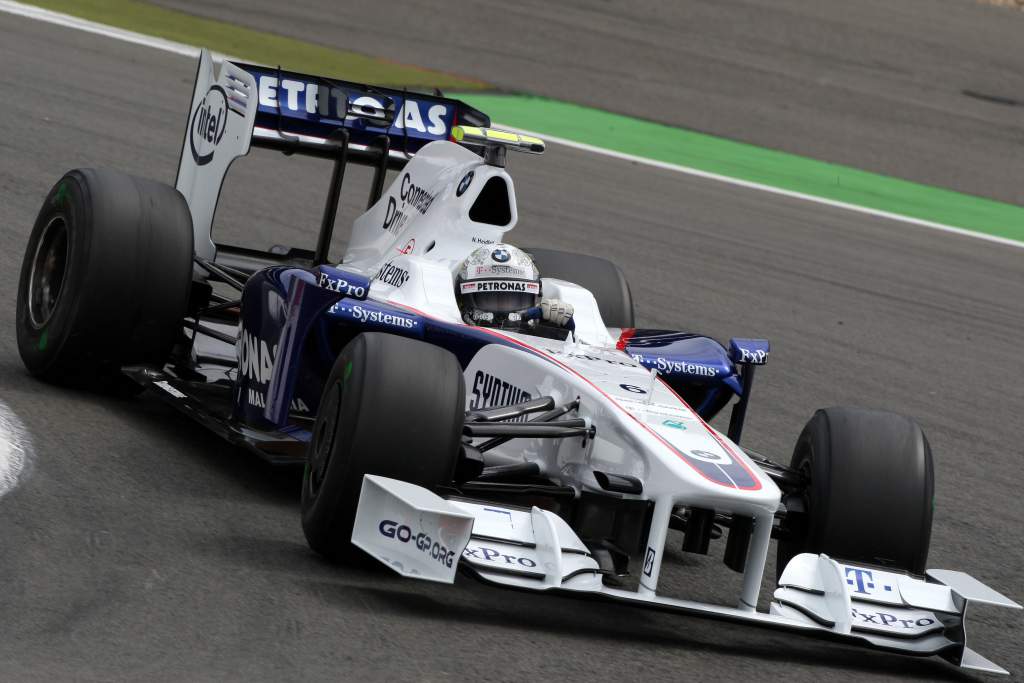 With 125 starts for Sauber, both in its independent and BMW-controlled form, over three stints, Heidfeld is the team’s most enduring servant and top points-scorer.
With 125 starts for Sauber, both in its independent and BMW-controlled form, over three stints, Heidfeld is the team’s most enduring servant and top points-scorer.
While he couldn’t match Kubica by winning for the team, he was a lynchpin of the BMW era and had also spearheaded Sauber’s remarkable 2001 season, where it finished fourth in the constructors’ championship – a unique feat in its independent years.
Returning for the BMW years, he was justifiably ordered to let team-mate Robert Kubica (on a different strategy) past in the 2008 Canadian Grand Prix that produced a glorious one-two finish. That was the closest he came to winning a grand prix and he was left on the sidelines when BMW pulled out.
He returned to what was still officially called BMW Sauber for the final five races of 2010 in place of de la Rosa to round out his Sauber career. His overall return of nine podium finishes for the team is a record.
1 ROBERT KUBICA
 After forcing his way into the BMW Sauber driver line-up in place of Jacques Villeneuve in 2006 with the quality of his Friday performances, Kubica immediately established himself as a force near the front of the F1 field. He also built a reputation as a potential world champion.
After forcing his way into the BMW Sauber driver line-up in place of Jacques Villeneuve in 2006 with the quality of his Friday performances, Kubica immediately established himself as a force near the front of the F1 field. He also built a reputation as a potential world champion.
His place at the top of this list reflects the fact that he produced outstanding form during his 57 starts for the team from 2006-2009, as well as giving it its day of days with victory in the 2008 Canadian GP.





